iGaming Payment Services
Add Pay by Bank for iGaming wallet top-ups to stop extortionate card fees, increase conversion, and keep players playing.
Offer payments that cut costs, settle instantly, and provide added protection against fraud, enabling you to scale and expand your business.
Save money with reduced overheads, or offer lower cost payment services with a lower per-transaction cost than cards, Direct Debit, and e-wallets.
Protect customers and build confidence with lower fraud rates than cards using encrypted APIs, no card details, and bank-grade authentication.
Deliver certainty and build trust with customers with transactions that settle in under 10 seconds.
Reduce drop-off and increase conversion with an intuitive, low-friction payment journey that encourages customers to return.
Eliminate wasted resources by reducing the risk of costly, time-consuming chargebacks with secure, bank-grade authorisation on every payment.
Scale confidently with a payments infrastructure designed for resilience and high availability.
User selects Pay by Bank at the checkout stage. Having Pay by Bank as the preferred or default payment option will drive higher volume.
User chooses from a list of over 2000 banks across Europe.
A pop-up allows the user to review the payment details before being connected to their bank, ensuring all details are correct.
User is auto redirected to their bank app to log in using secure customer authorisation (SCA) such as fingerprint or facial recognition.
User confirms the payment with their bank, initiating the payment.
The payment is confirmed, and the user is auto-redirected back to your app or website to continue what they were doing or get payment confirmation.
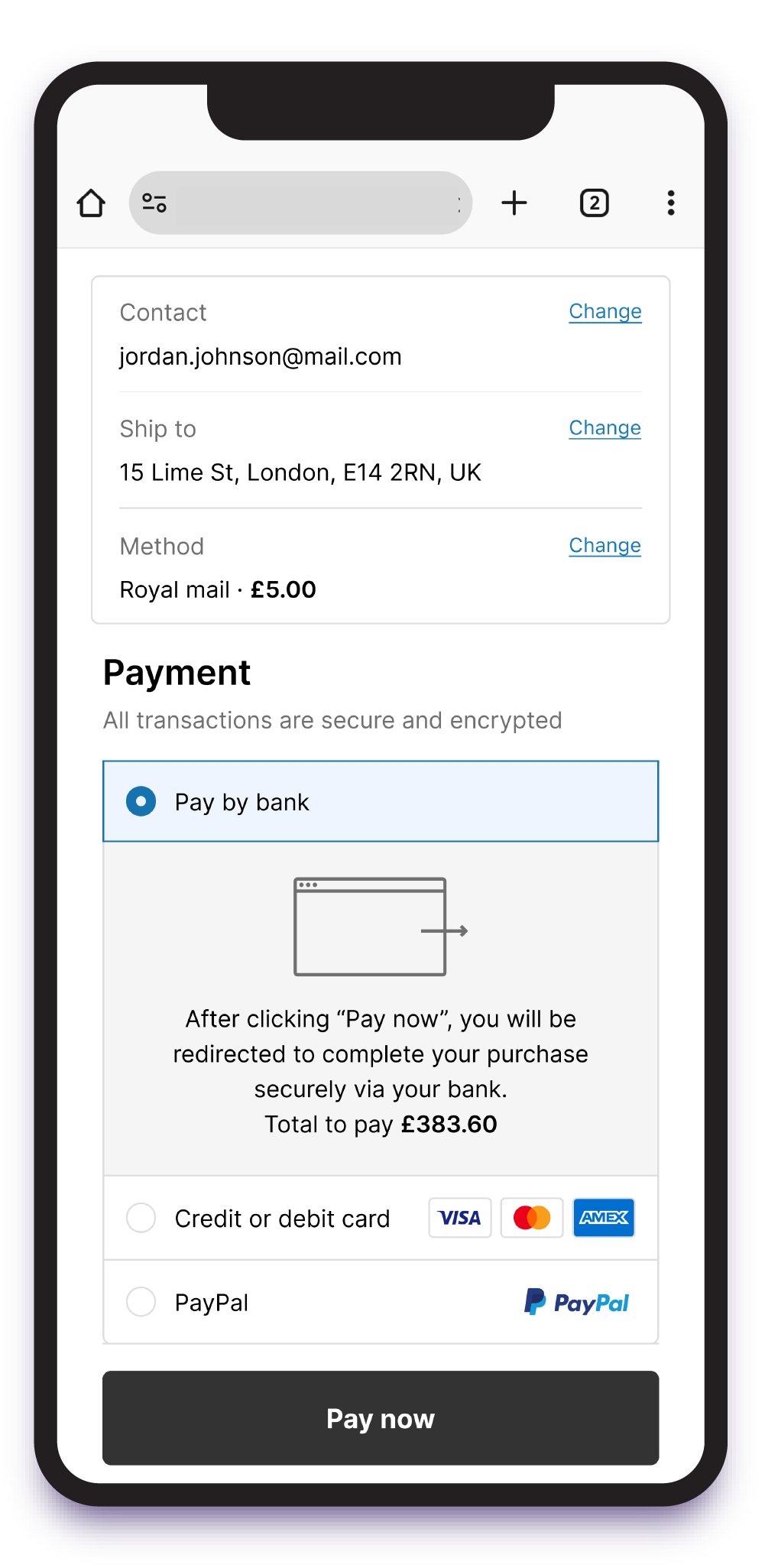
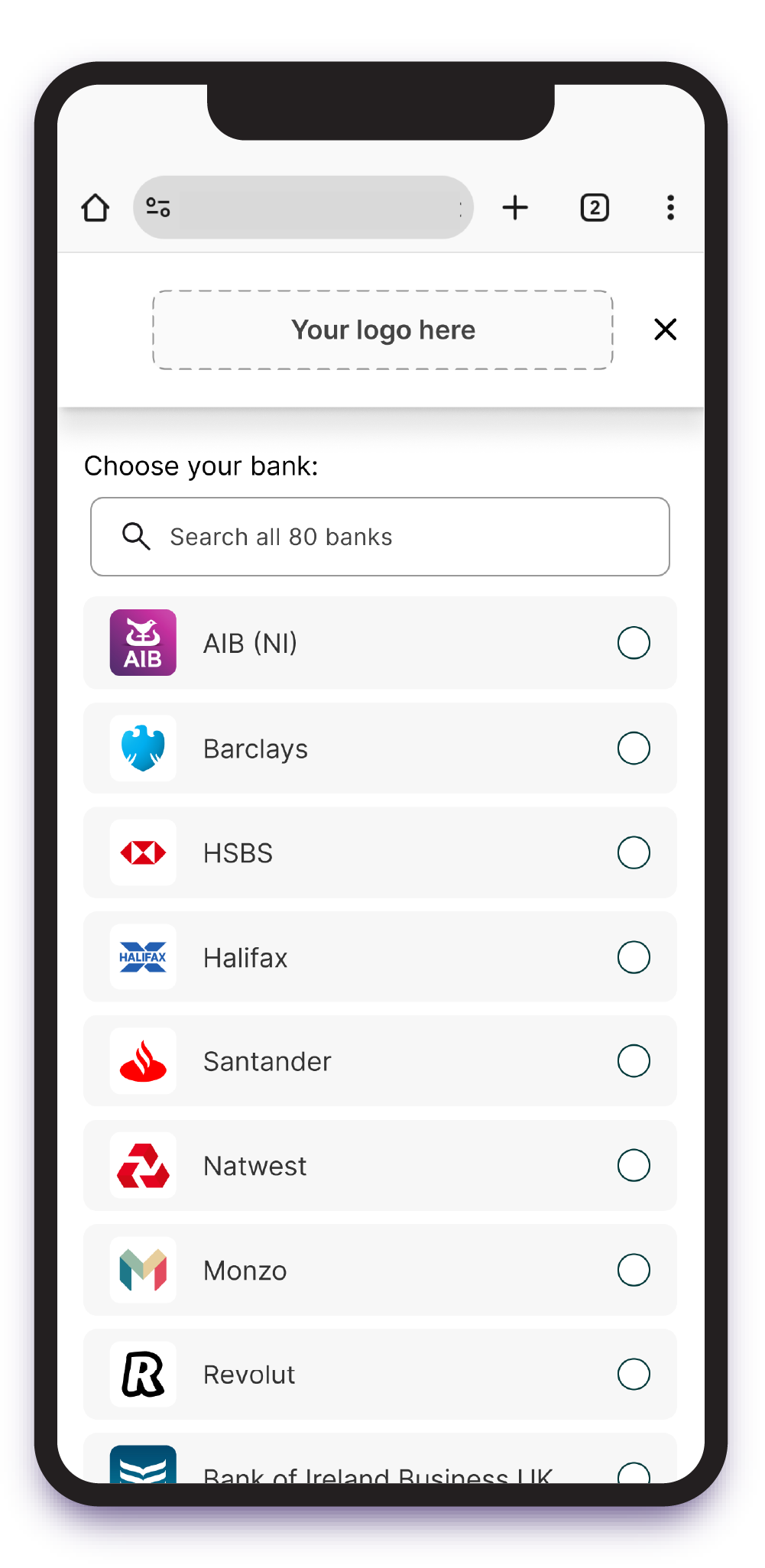

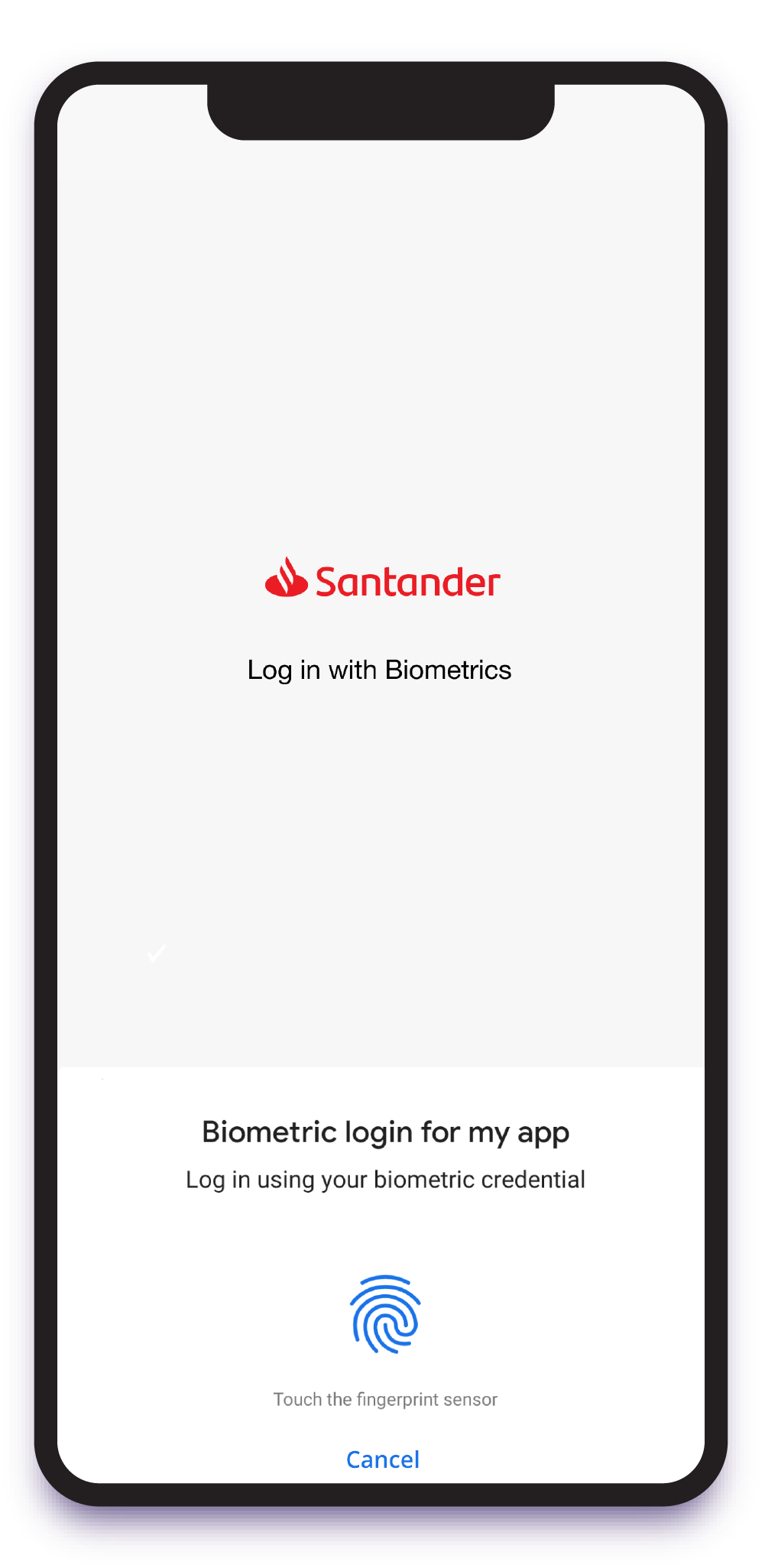
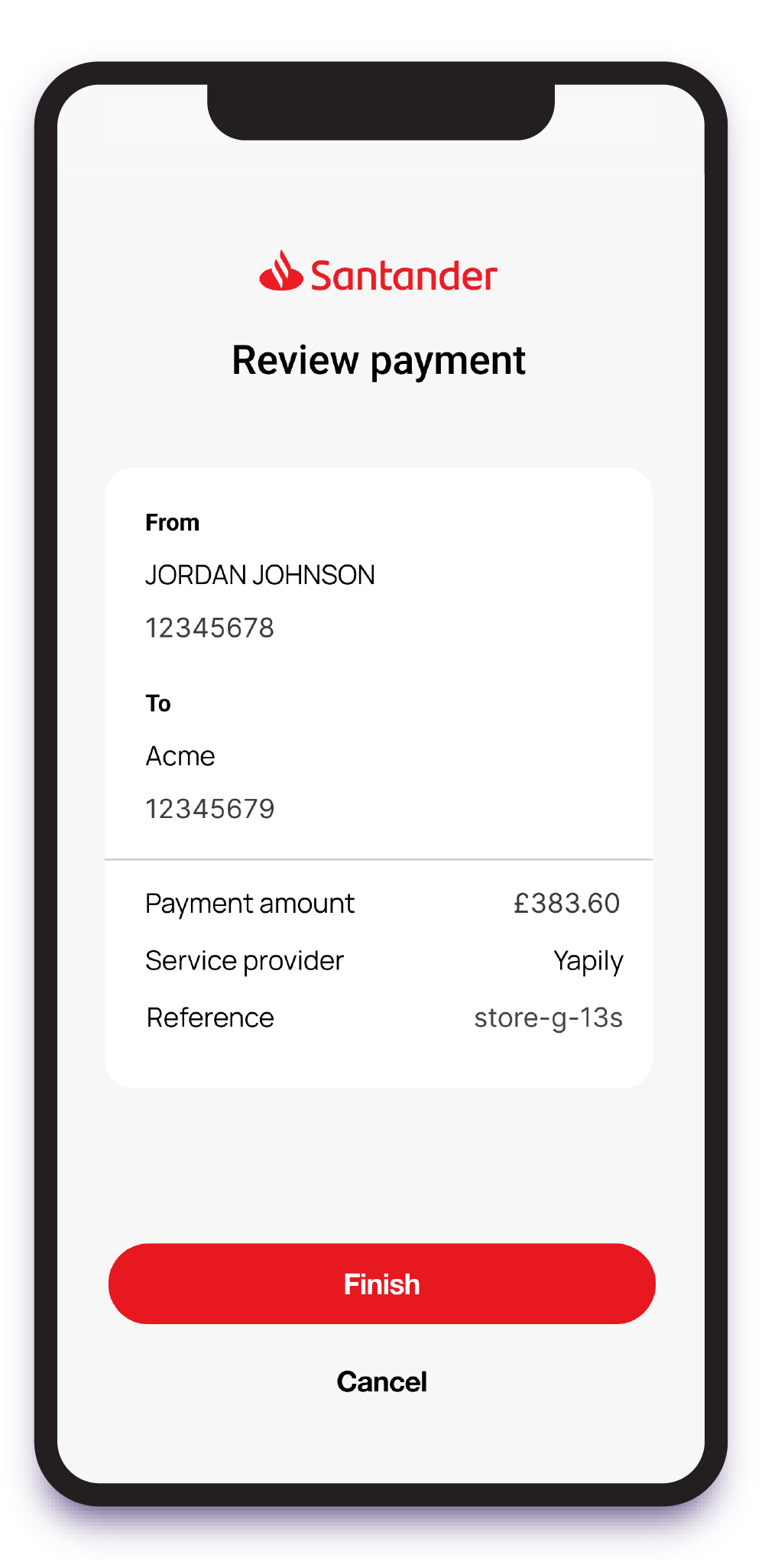
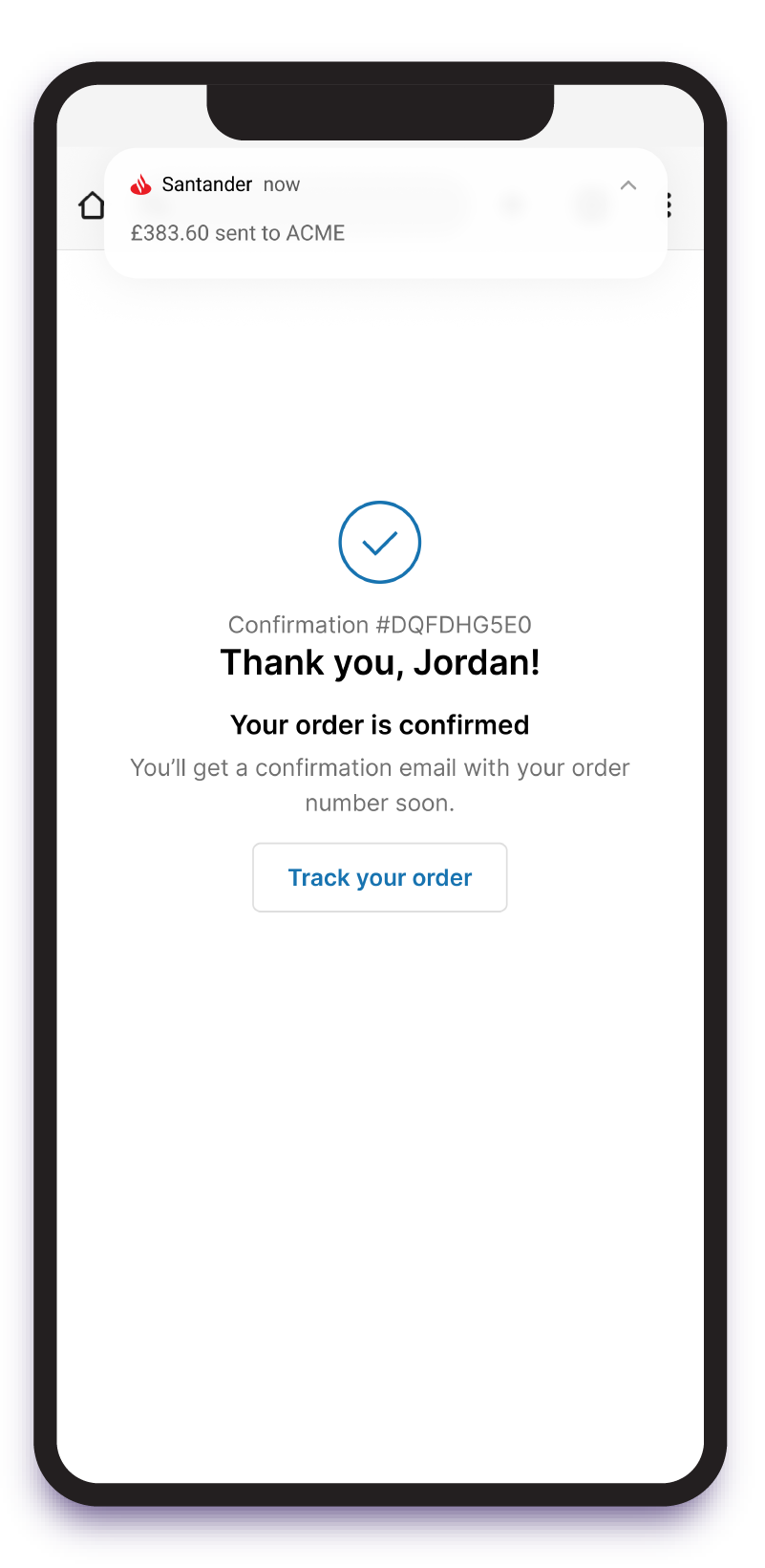
Seamlessly integrate Pay by Bank directly into your UX with our white-label API, or choose our highly customisable hosted solution for quick and easy setup.
Explore our APIConnect directly to banks, giving you full control and visibility of your payments infrastructure to deliver speed, stability, and performance from a single integration.
Explore the Yapily ConsoleWe've built connections with hundreds of business bank accounts across Europe, offering unique, unrivalled access for B2B use cases across all verticals.
Explore our coverage